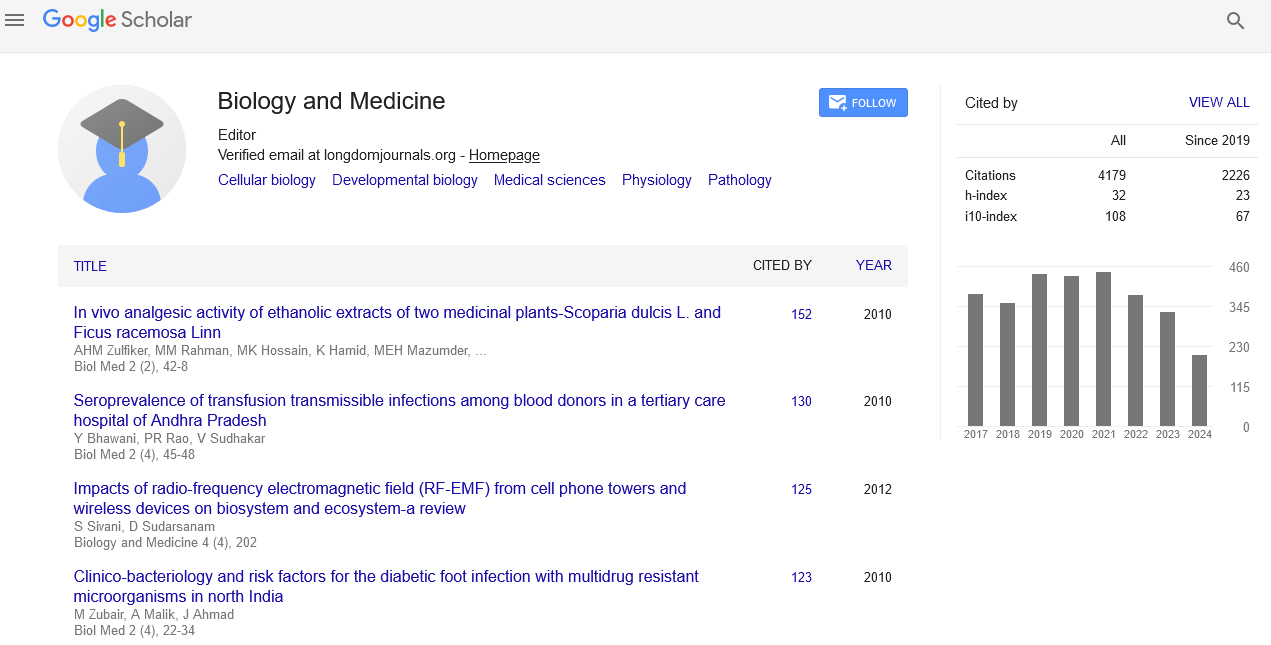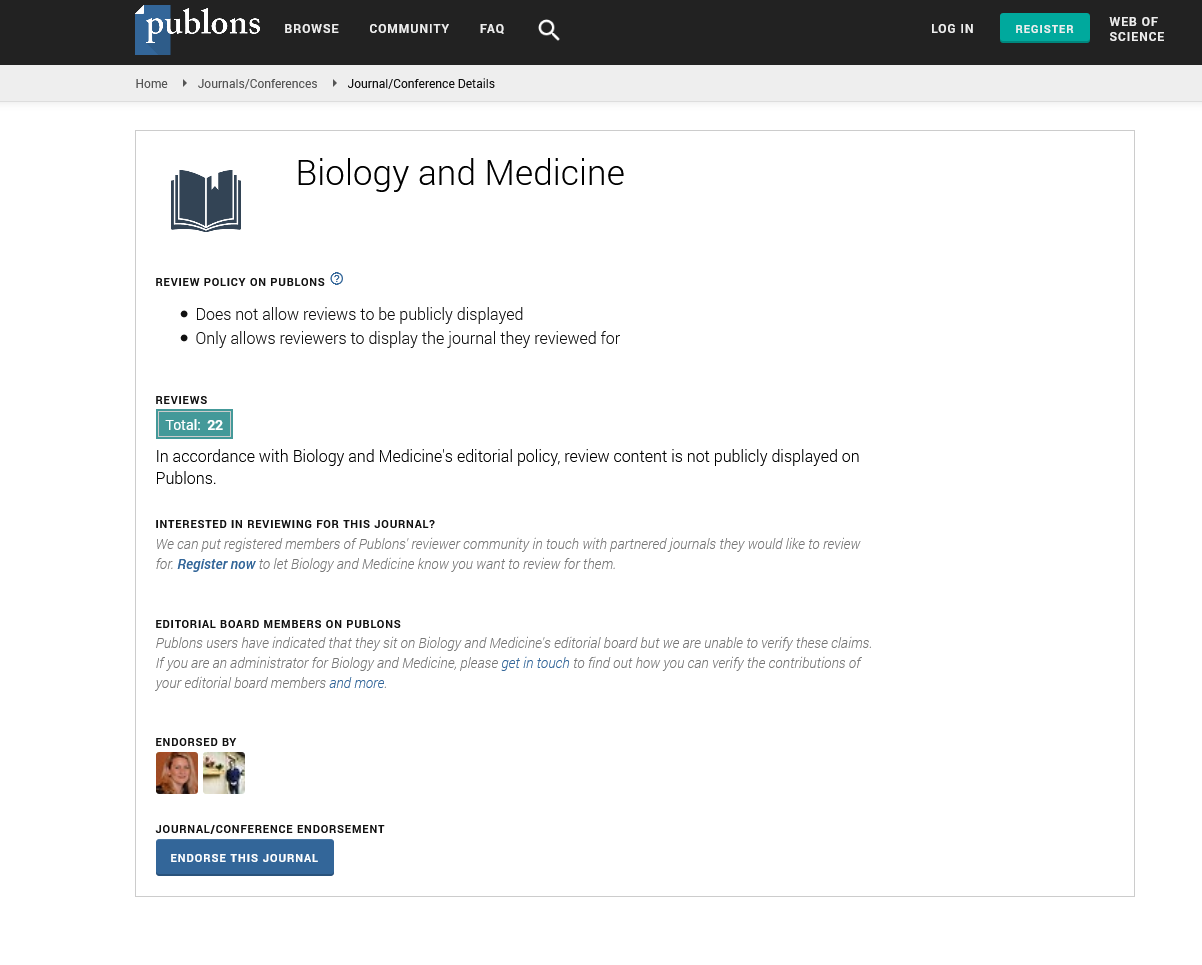Indexed In
- Open J Gate
- Genamics JournalSeek
- CiteFactor
- Cosmos IF
- Scimago
- Ulrich's Periodicals Directory
- Electronic Journals Library
- RefSeek
- Hamdard University
- EBSCO A-Z
- Directory of Abstract Indexing for Journals
- OCLC- WorldCat
- Proquest Summons
- Scholarsteer
- ROAD
- Virtual Library of Biology (vifabio)
- Publons
- Geneva Foundation for Medical Education and Research
- Google Scholar
Useful Links
Share This Page
Journal Flyer

Open Access Journals
- Agri and Aquaculture
- Biochemistry
- Bioinformatics & Systems Biology
- Business & Management
- Chemistry
- Clinical Sciences
- Engineering
- Food & Nutrition
- General Science
- Genetics & Molecular Biology
- Immunology & Microbiology
- Medical Sciences
- Neuroscience & Psychology
- Nursing & Health Care
- Pharmaceutical Sciences
Abstract
Epidemiological Study on H. pylori in Cattle and Its Milk with Special Reference to its Zoonotic Importance
Adel H El-Gohary, Mohamed A Yousef , Amro A Mohamed , Waleed E Abou El-Amaiem and Lobna M Abdel-Kareem
This study was carried out to investigate some epidemiological aspects on the occurrence of Helicobacter pylori in cattle, milk and humans at Dakahlia province, Egypt during the period from February 2014 to June 2015. A total of 304 samples including 117 rectal swabs (53 cows and 64 buffaloes) and 85 milk samples (36 cows and 49 buffaloes) sand 102 humans stools were collected and subjected to bacteriological examination by culturing on Columbia Blood Agar (CBA) and biochemically identified. The results showed that the overall occurrence of H. pylori were 21.7% in collected samples. The occurrence in cattle faeces was 18.8% (11.9% in cows and 6.9% in buffaloes). However, the isolation rate from cattle milk was 28.2% (10.5% in cows and 17.7% in buffaloes). Moreover, the frequency distribution of H. pylori from human stool was 19.6%. Concerning animal breed, native breed of cattle and their milk showed higher occurrence (5.2% in cow's faeces, 11.9% in buffalo's faeces, 7% of cow's milk and 17.7% of buffalo's milk). Regarding animal age, the occurrence of H. pylori was increased with increasing age. On the other hand, the frequency distribution of H. pylori was more prevalent in the samples (faeces and milk) collected from Mansoura center. In relation to human samples, with respect to gender, males showed higher isolation rate (11.7%) than females (7.8%). Whereas, frequency of H. pylori in adults (4.9%) was higher than young (1.96%). On the other hand, H. pylori was more frequently isolated from patients (8.8%) with gastrointestinal disorders. Moreover, the occurrence of H. pylori was higher in human samples collected from persons of occupations related to animals such as veterinarians (6.8%), dairy workers, and farmers (3.92% each) than others. It could be concluded that H. pylori could be isolated from cattle, milk and humans with recognizable percentages, suggesting its zoonotic significance and role played by cattle especially buffaloes and its milk as potential reservoir and source of human infection. The zoonotic significance for H. pylori as well as the recommended preventive measures which should be taken to avoid the risk of contamination of milk and human infection were fully discussed.


